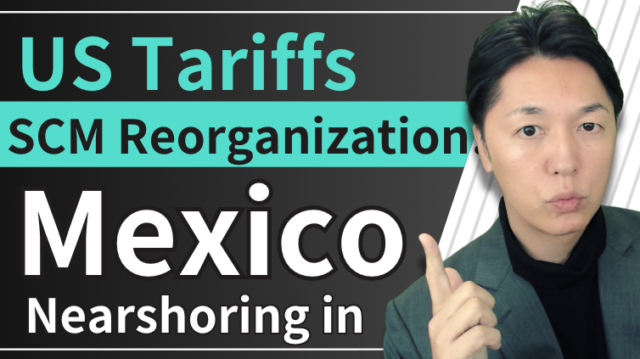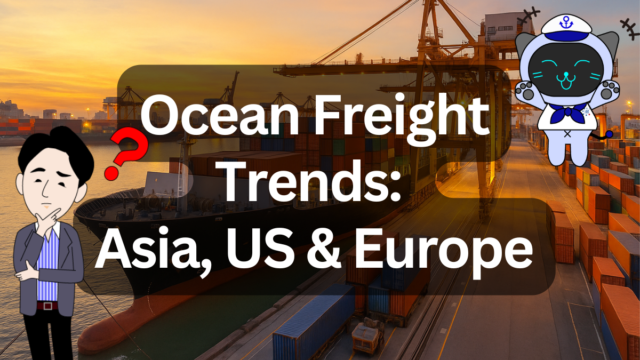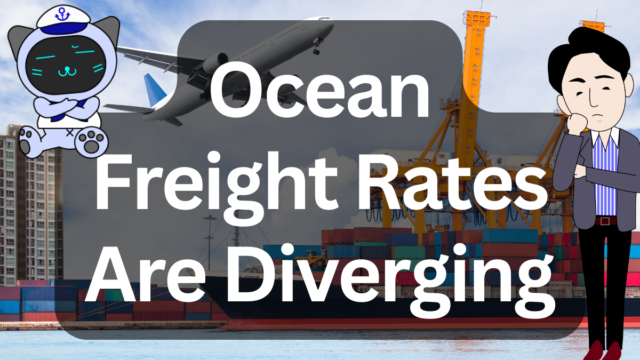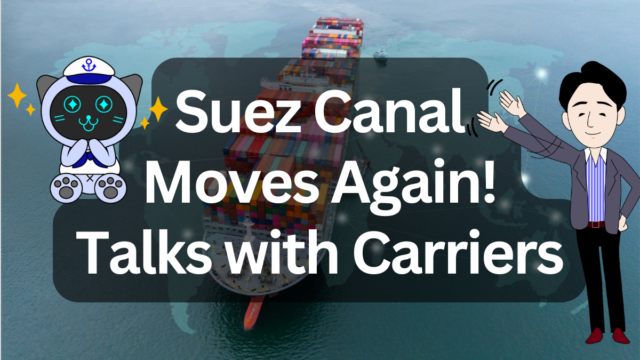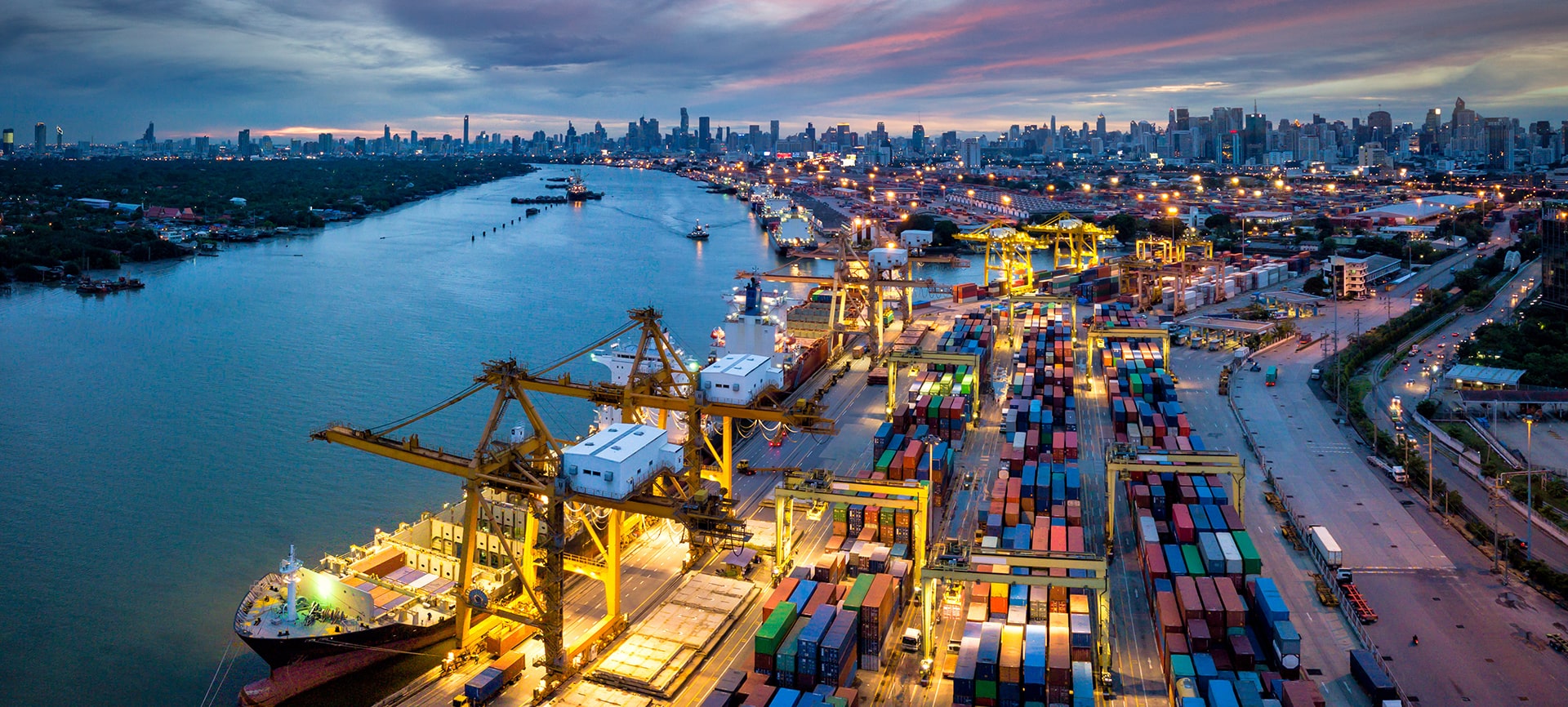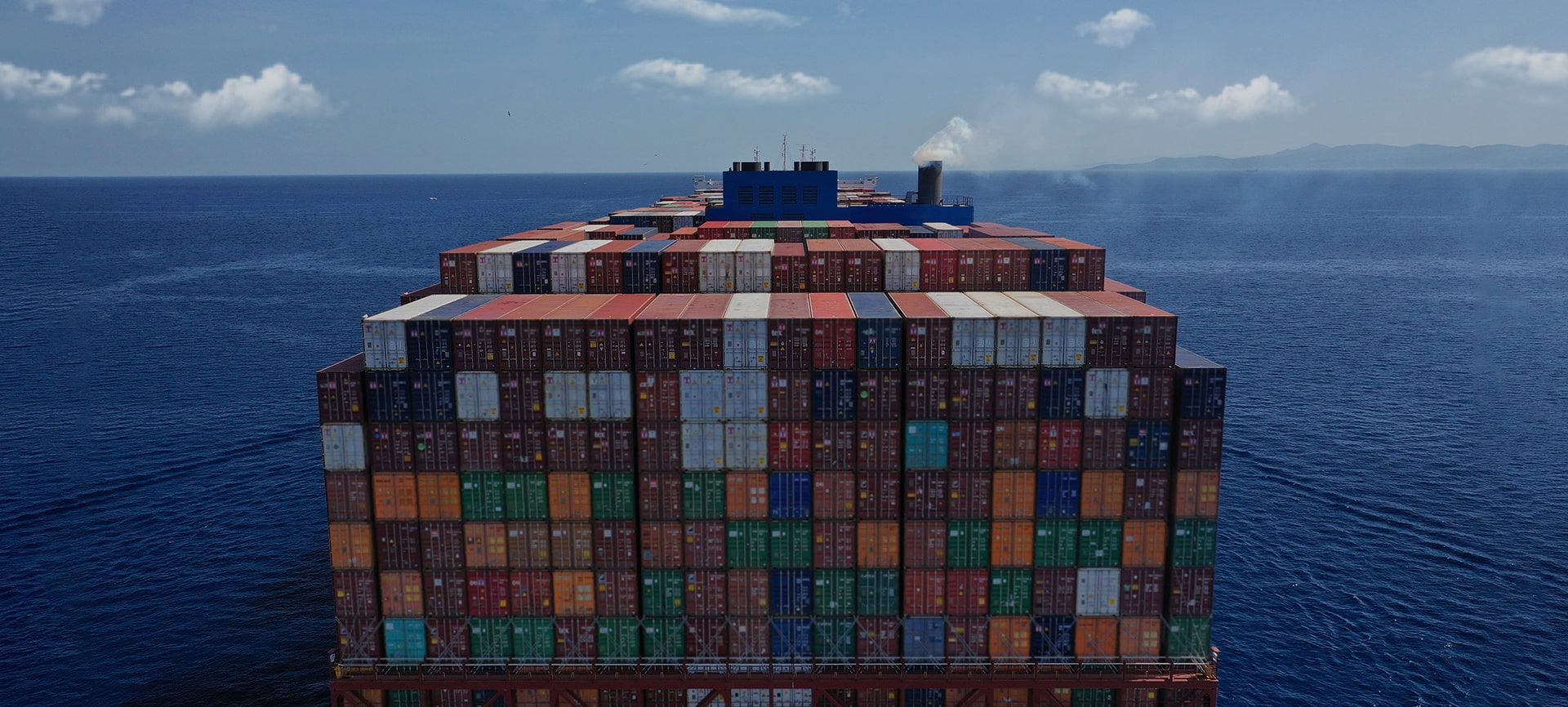Posted on: July 10, 2025 / Last updated: July 10, 2025
European Ports at a Breaking Point. The Era of Schedule Collapse and “Time Risk”
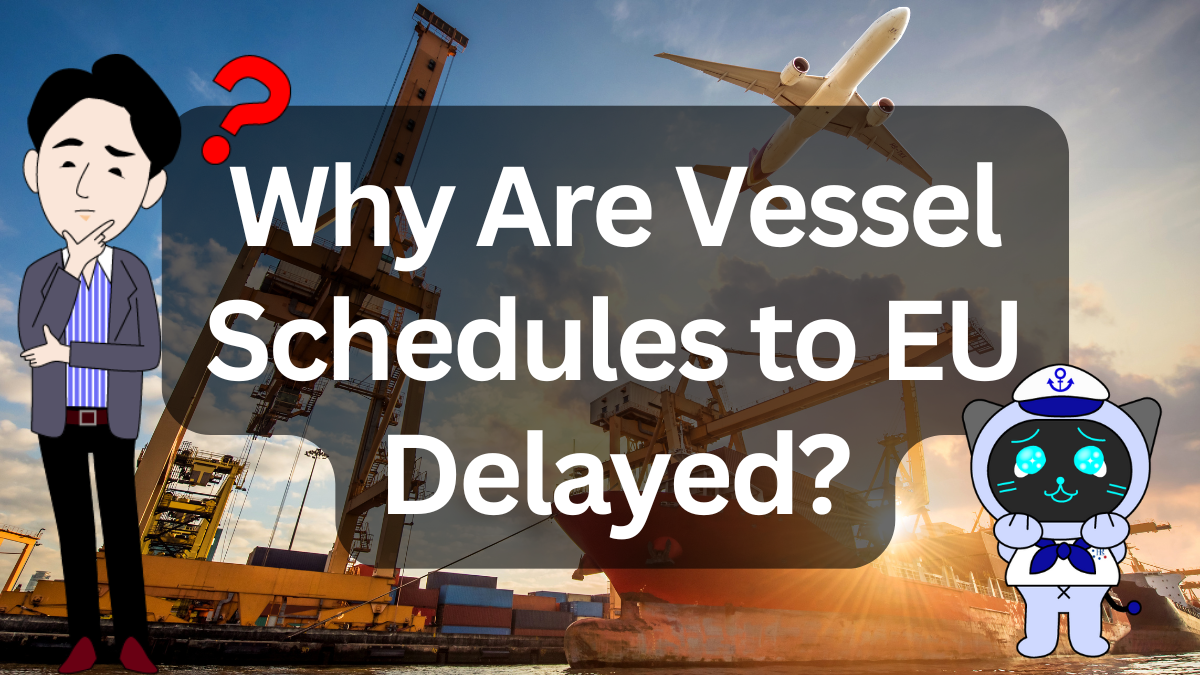
In the summer of 2025, the disruption on Europe routes has reached a level beyond what numbers can measure.
News headlines focus on “freight rates soaring” and “Suez Canal blockages,” but on the ground, even more serious “hidden chaos” is unfolding.
The reality of congestion at European ports is reshaping logistics operations—here’s what logistics managers should understand and do.
CONTENTS
After Suez avoidance comes “European port blockage”
Due to Red Sea instability, Asia–Europe vessels are avoiding the Suez Canal and rerouting via the Cape of Good Hope.
This alone adds over 10 days to transport times, but the problem goes further.
Now at European ports, vessels are unable to berth even after arrival.
At major hubs like Rotterdam, Antwerp, and Hamburg, berth waiting exceeds 80 hours.
Mediterranean ports like Genoa and Piraeus also face cargo handling backlogs affecting transshipment and inland delivery.
The roots of congestion: a “triple squeeze”
This congestion isn’t simply due to vessel volume. On the ground, three overlapping pressures are at play:
- A surge in arrivals due to Suez avoidance: ships arrive en masse
- Labor issues and manpower shortages: strikes in Antwerp, understaffing in Rotterdam
- Alliance restructuring stress: “Gemini Cooperation” overloading hub ports
Combined, these factors have left ports in a state of nearly functional collapse.
Congestion extends far beyond port gates
The issue isn’t just at the port. For example, barges on the Rhine River are unable to operate due to low water levels, and rail services are halted by strikes and maintenance work.
As a result, import containers are piling up uncollected, slowing yard operations.
This is a snowball effect leading to logistics gridlock.
Rates are falling—an ironic paradox
Surprisingly, freight rates to Europe are trending downward. The spot rate from Shanghai to Rotterdam has fallen approximately 30% since early 2025.
The cause lies in the large-scale deployment of mega container vessels in 2024–2025, creating oversupply.
Even with port jams, freight still appears “cheap.”
What’s really increasing: time and indirect costs
Congestion has led to the introduction of Congestion Surcharge fees. Although freight charges are lower, total operational costs are rising.
Most crucially, lead times are unpredictable, posing risks to supply chains.
Conclusion: Flexible logistics strategies are essential now
At Europe’s main ports, route rerouting, labor issues, and alliance reorganizations have converged and worsened congestion. Although rates may seem lower, indirect costs and delivery delays are mounting.
Logistics managers now need agile responses and planning that factors in delays as the default.


